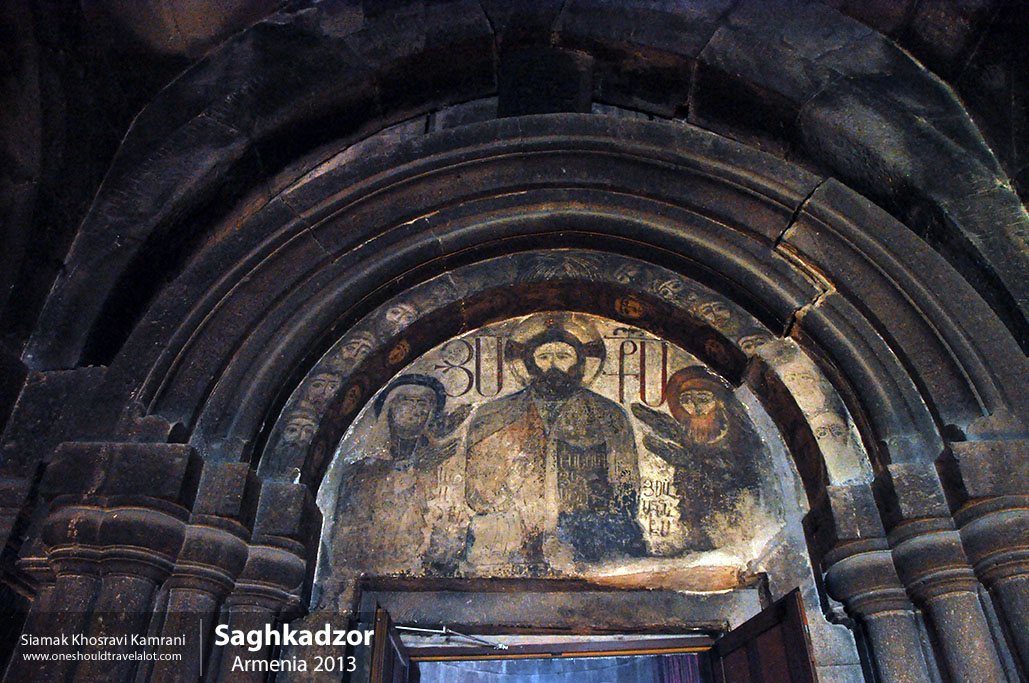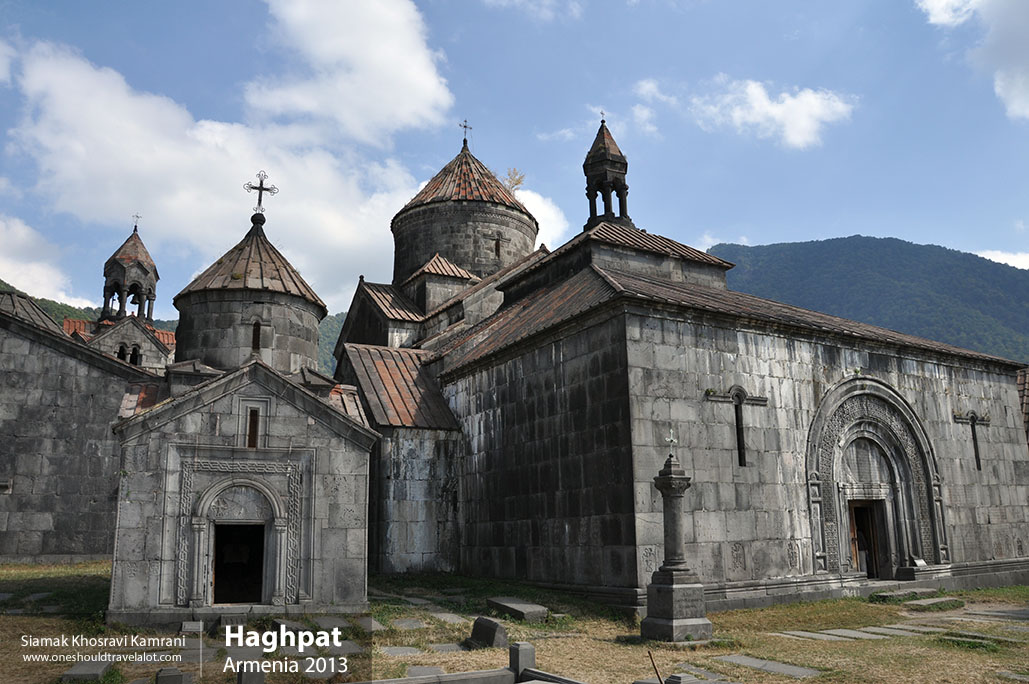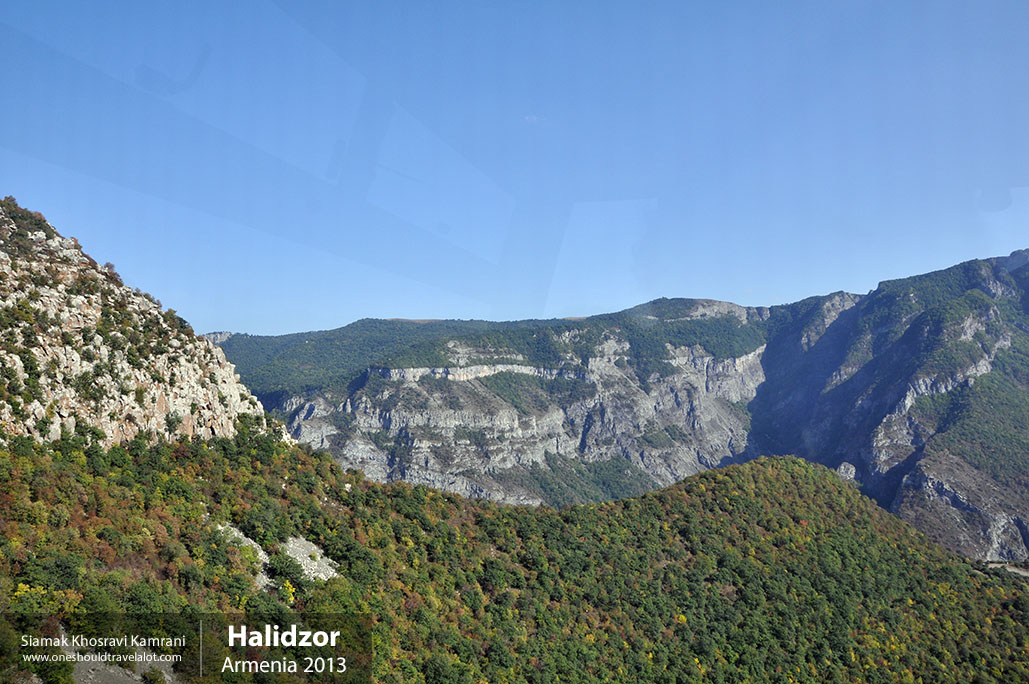Discovering Dilijan: A Photographer’s Journey
Nestled in the northeastern part of Armenia, Dilijan is a picturesque town that seems like it has been plucked straight out of a fairytale. Known for its lush forests, charming architecture, and serene ambiance, this town is often referred to as the “Little Switzerland of Armenia.” As a photographer, my journey to Dilijan was driven by the promise of capturing its unspoiled beauty and the richness of its culture. This is a place where nature and history intertwine seamlessly, creating a haven for anyone with a camera and a love for exploration.
Arriving in Dilijan: First Impressions
As I arrived in Dilijan, the first thing that struck me was the town’s tranquility. The air was crisp and filled with the scent of pine trees, a refreshing change from the bustling cities I had visited before. The town’s atmosphere was welcoming, with a touch of old-world charm that made it feel timeless. The standard of living here appeared modest but comfortable, with a strong sense of community evident in the smiles of the locals and the well-maintained homes that dotted the landscape.
Exploring the Scenic Beauty of Dilijan
The Dilijan National Park
One of the first places I visited was the Dilijan National Park. This vast expanse of protected land is a paradise for nature lovers and photographers alike. The park is home to diverse flora and fauna, with dense forests that create a canopy of green as far as the eye can see. Hiking through the park, I was constantly reaching for my camera, eager to capture the sunlight filtering through the trees and the vibrant colors of the wildflowers.
The park also features several picturesque lakes, including Lake Parz. The mirror-like surface of the lake, reflecting the surrounding forests and mountains, was a breathtaking sight. I spent hours here, capturing the changing light of the day and the tranquil beauty of the scene. It was a reminder of how nature, in its purest form, can be the most captivating subject for a photograph.
The Old Town of Dilijan
Dilijan’s Old Town is a testament to its rich cultural heritage. Walking through the cobblestone streets, I was transported back in time. The traditional Armenian houses, with their wooden balconies and ornate carvings, were a delight to photograph. Each house seemed to tell a story, reflecting the town’s history and the craftsmanship of its people.
One of the highlights of the Old Town is the Sharambeyan Street, a living museum where artisans practice traditional crafts. Here, I met a local potter who was kind enough to let me photograph him at work. His hands, skillfully shaping the clay, captured the essence of Dilijan’s cultural traditions. It was an enriching experience, learning about the techniques that have been passed down through generations.
Immersing in the Local Culture
Language and Communication
The primary language spoken in Dilijan is Armenian, but I found that many locals also spoke Russian and some English, especially the younger generation. This made it easier to communicate and learn about their way of life. The people of Dilijan were incredibly hospitable, always eager to share their stories and traditions with a curious traveler like myself.
Traditional Cuisine
No visit to Dilijan would be complete without indulging in the local cuisine. Armenian food is a delightful blend of flavors and textures, with an emphasis on fresh, locally-sourced ingredients. I had the pleasure of dining at several local restaurants, where I enjoyed dishes like khorovats (Armenian barbecue), dolma (stuffed grape leaves), and lavash (traditional Armenian flatbread).
One memorable meal was at a family-run restaurant where I was invited into the kitchen to photograph the preparation of the dishes. The vibrant colors of the vegetables, the aromatic spices, and the warm smiles of the cooks made for some wonderful shots. It was a true feast for the senses, and I felt a deep connection to the culture through its food.
Festivals and Celebrations
Dilijan is also known for its vibrant festivals and celebrations. During my visit, I was fortunate to witness the Vardavar festival, an ancient Armenian tradition where people of all ages engage in friendly water fights. The streets were filled with laughter and joy, and it was a fantastic opportunity to capture candid moments of pure happiness.
Historical and Cultural Landmarks
Haghartsin Monastery
One of the most iconic landmarks near Dilijan is the Haghartsin Monastery. Nestled in the forested mountains, this 13th-century monastery complex is a masterpiece of medieval Armenian architecture. The serene setting and the intricate details of the stone carvings provided endless opportunities for photography.
As I explored the monastery, I felt a sense of reverence and tranquility. The monks, who still reside there, went about their daily routines, adding a living, breathing element to the ancient stone walls. The play of light and shadow in the church interiors created a mystical atmosphere, perfect for capturing the spiritual essence of the place.
Goshavank Monastery
Another must-visit site is the Goshavank Monastery, named after the famous Armenian scholar Mkhitar Gosh. This complex, dating back to the 12th century, is known for its impressive khachkars (cross-stones) and its historical significance. The surrounding village of Gosh is equally charming, with its traditional houses and friendly inhabitants.
Photographing Goshavank was a deeply enriching experience. The blend of history, religion, and natural beauty made it a place where every angle told a story. The serenity of the monastery and the wisdom it seemed to hold within its walls were palpable, making it one of my favorite spots in Dilijan.



